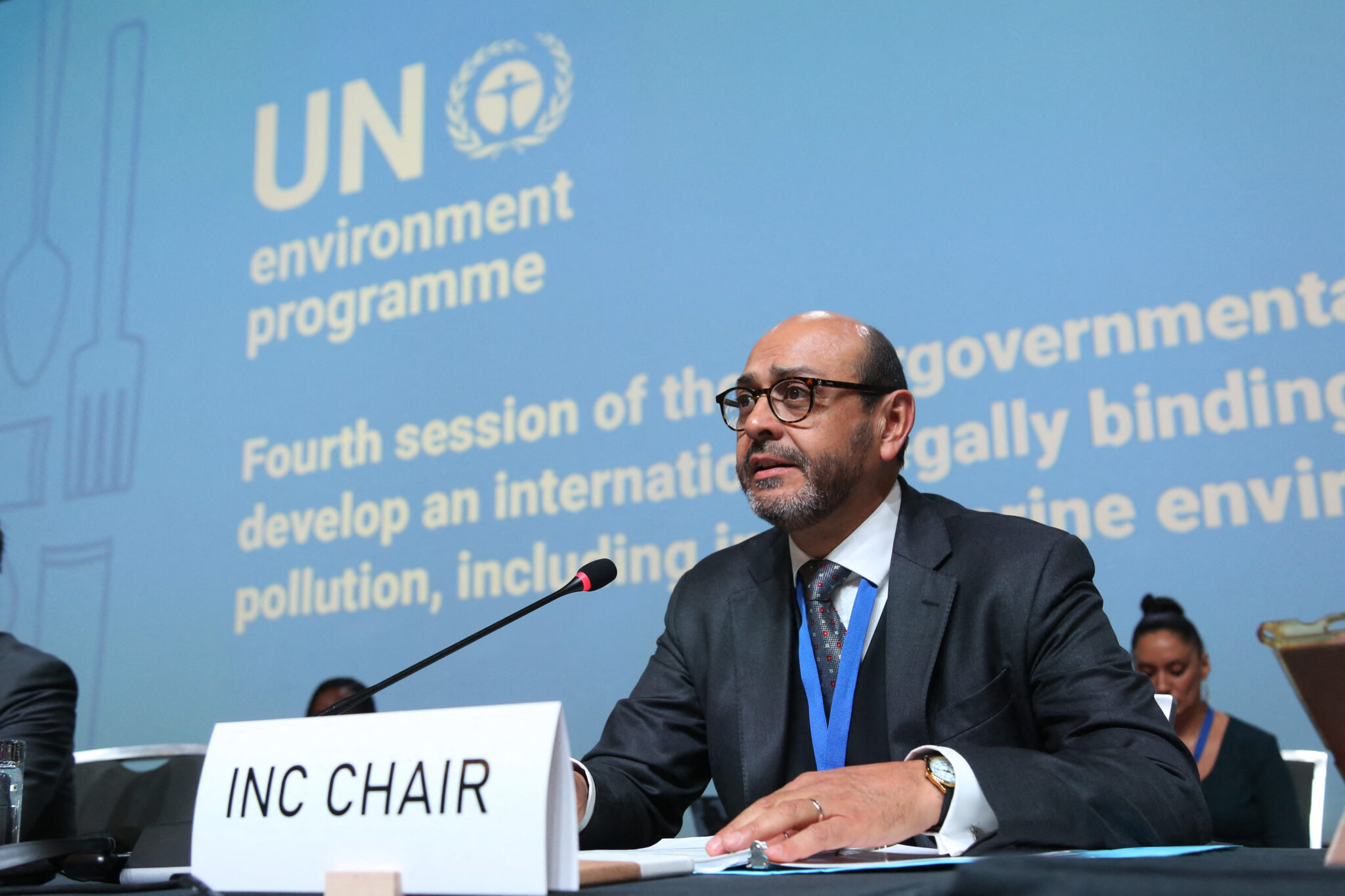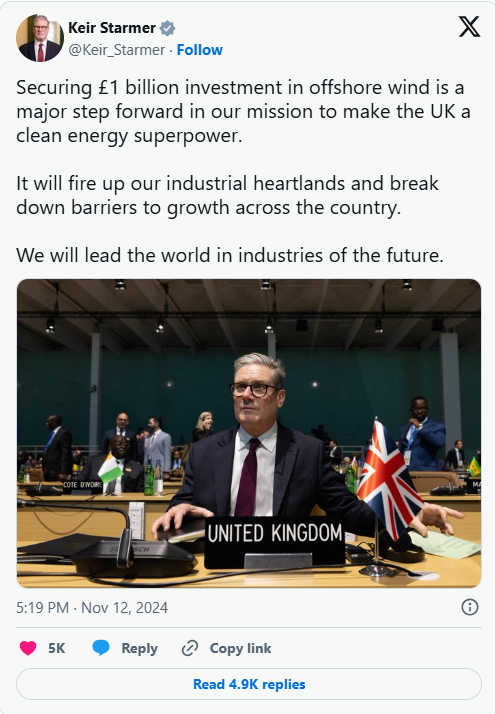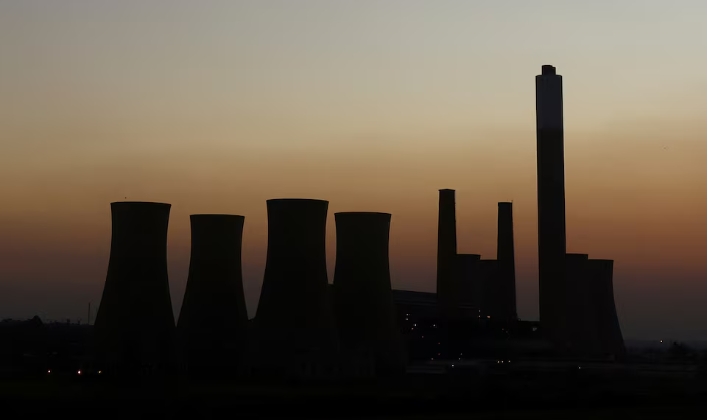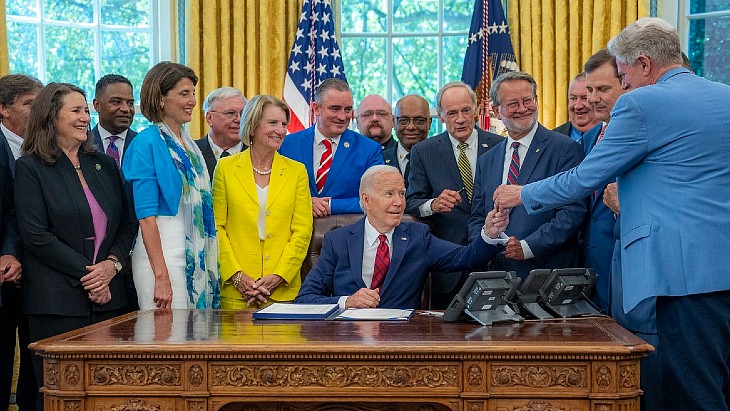
Wind will be the largest source of new power in South Africa next decade under the country’s long-awaited national electricity plan, which also confirmed a big role for solar.
South Africa’s Integrated Resource Plan (IRP) – which sets the policy framework for the next 10 years – envisages 14.4GW of additional wind and 6GW of PV. Along with 2.5GW of hydro and 2GW of planned storage, that means renewables account for the vast majority of the planned new capacity.
The IRP, which has been in the works for several years, also confirms an ongoing if diminishing role for coal power – including 1.5GW of new capacity – and opens the door for future new nuclear, which energy minister Gwede Mantashe described as “a no-regret option”.
The additional wind would mean turbines supplying 18% of South Africa’s electricity by 2030, said Mantashe. South Africa had 2.1GW of wind in place by the end of 2018, according to the Global Wind Energy Council.
The South African Wind Energy Association (SAWEA) said: “We are happy with the recognition that wind energy will play a big role in the energy mix as we transition towards a clean energy future.”
SAWEA added that the government “has listened” to its earlier concerns over a draft version of the IRP and a possible side-effect of lumpy procurement for the wind sector.
“The wind industry views the commitment to 1.6GW per annum as a positive step by government as this allocation will allow OEMs and first tier suppliers to commit to local manufacturing of certain components, which contributes directly to job creation.”
The wind and solar sectors will now want South Africa to swiftly resume the tendering programme under its REIPPPP renewables programme needed to underpin the new capacity, which has been frequently interrupted over recent years.
There are also still questions over tariffs agreed for plants already awarded under REIPPPP, which the government has previously said it wants to renegotiate, and reform of Eskom, the stricken state utility blamed for frequent blackouts in South Africa.
Despite the new renewables, coal would still be the country’s “dominant” energy source at the end of the next decade under the IRP.
In a nod to the hugely sensitive issues surrounding the coal industry in South Africa, Mantashe added: “There must be a just transition towards less carbon-emitting technologies – workers and communities in affected areas must, as far as possible, not be left worse off.”







